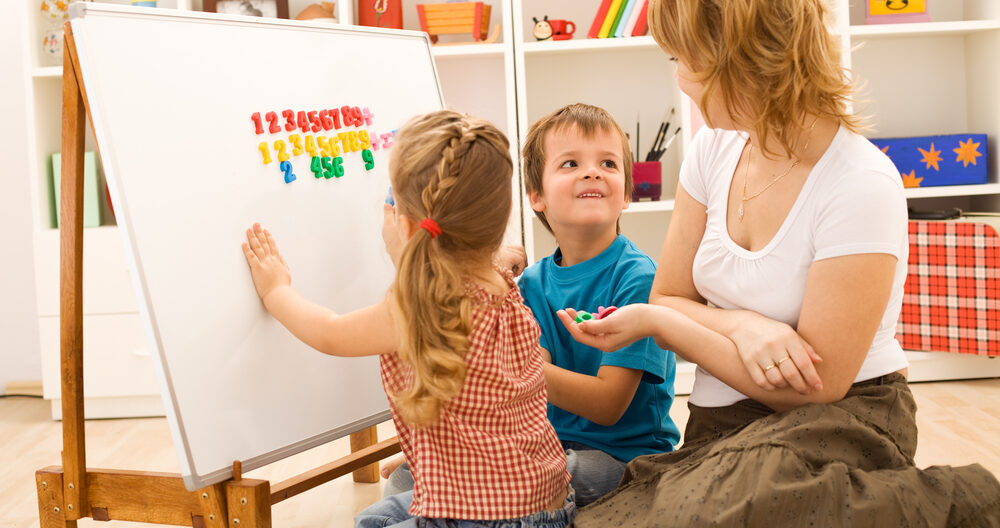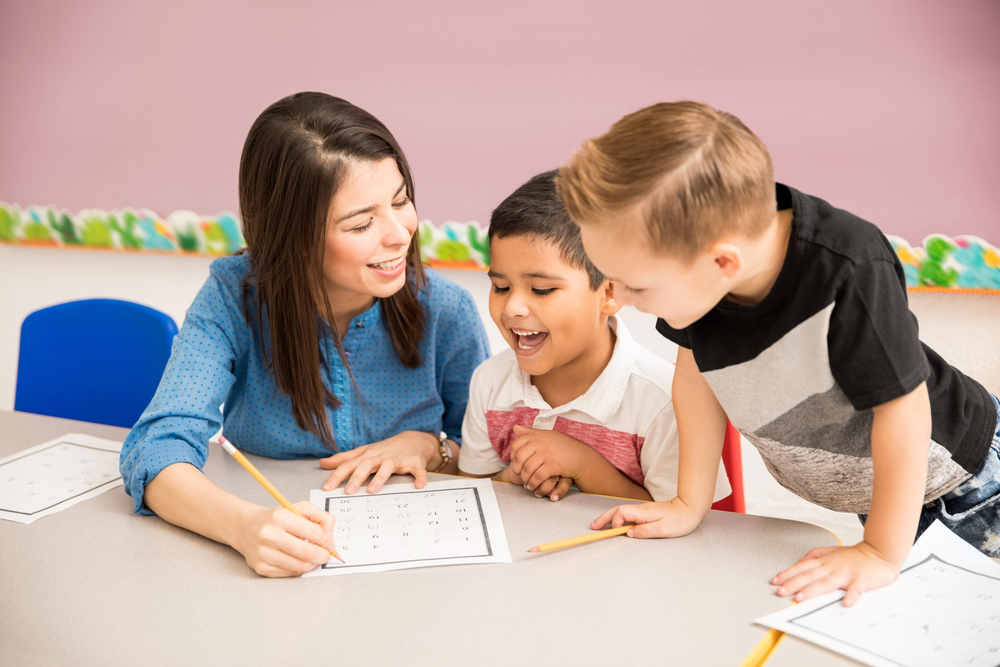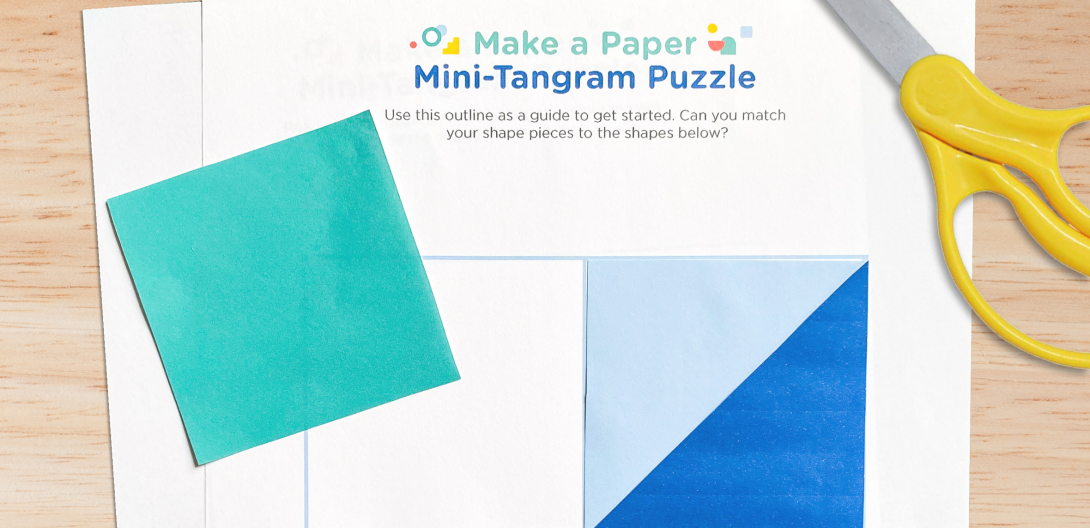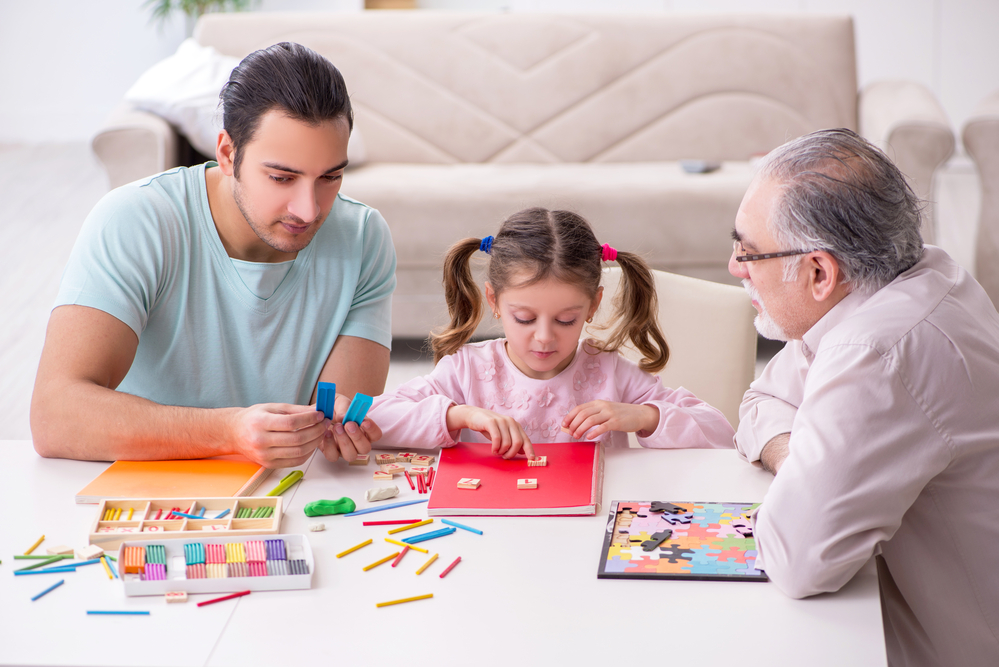
If you’ve been searching for the best math games for kids, look no further. We’ve compiled a list of fun activities to make learning math skills fun for your child.
These skills are some of the most important ones children will develop (not just for school but for adulthood, too). By using the games in this article, you can help your child understand how much fun math can be. Each game builds various skills in an exciting and engaging way!
Benefits Of Math Games For Kids

Children learn many skills needed to develop math knowledge and become strong math thinkers when engaging in math games.
Mathematical thinking can be described as a way of looking at things closely, stripping them down into their bare essentials, and then analyzing their underlying patterns. Questioning, exploring, visualizing, proving, and working systematically are all part of mathematical thinking.
These are skills that children will need if they are to do well in math at school, and playing games can help develop them. Math games also help children master number facts, which aids in mathematical development.
Additionally, the goals and rules in any game help children learn how to follow directions, which is an important life skill that they’ll need as they grow up and even into adulthood.
The competitive element, on the other hand, gives children a challenge to overcome. This means they’ll have to use problem-solving skills and make decisions. And, if they win, the confidence boost will keep them engaged and excited.
Math activities can also increase positive feelings about mathematics. Children can learn that while the subject can be challenging, it is also a lot of fun (especially when they figure out the problem!).
Lastly, math games for kids can play an essential role in helping parents understand their child’s strengths and weaknesses.
If your child has a problem with a specific math concept, it’s easier to notice it when engaging in activities. You can then devise a plan (with their teacher) to help them get the necessary support they need at home.
What Makes A Good Math Game?
Incorporates Both Fun And Learning

When children are having fun during an activity, it is much easier to keep them motivated to participate. In addition, research suggests that kids learn best when the experiences are enjoyable and relevant to their lives, interests, and experiences.
With this in mind, when searching for math games for kids, ensure that there’s a good balance between fun and learning.
Improves Basic Skills
The main point of math games is to help teach children new skills. This is why it’s important to choose activities that will give your child a little bit of a challenge.
You want your child to develop their critical thinking, creativity, and mathematical skills we spoke about earlier when playing the games. And one of the best ways to achieve this is to make the activities a little challenging.
Gives Solo And Interactive Playing Opportunities

While quality interactions are essential for building a good relationship with your child, independent play also has many incredible benefits. For example, it can help children develop self-regulation skills, boost self-confidence, and increase creativity, to name a few.
That being said, it is also beneficial to play games with your child (and the whole family). It’s exciting to watch their development, get some quality time together, and guide their learning.
So, be sure to have a good mixture of different types of games — some of which can encourage independent play and others that you can play together.
Now that you understand the benefits of math games for kids and what to look for when choosing activities for your young learner, let’s get into some games you can try at home today.
5 Fun Math Games For Kids
1) NumberBrow

What You’ll Need:
- Two sheets of paper
- Pencil
- Crayons (or colored pencils)
- Dice
What To Do:
To get started, you’ll need to draw two identical rainbow-shaped boards (one on each sheet of paper), with numbered boxes. Here’s a link to help you out.
After drawing your boards and their boxes, explain to your child that the aim is to color the boxes in. But, in order to do that, you’ll need to throw two dice, add the numbers, and then color in that total number.
For example, if you throw a one and a four, you’ll need to color the “5” box. If you’ve already colored that box, you’ll need to wait until your next turn. You’ll both get 10 turns in all as you color in your rainbows, and whoever has the most colorful rainbow wins.
This game is ideal for kindergarteners and first graders and is a great way to have your young learner practice their counting and addition skills while also having lots of fun.
2) Grasshopper
What You’ll Need:
- Index cards (minimum of 16)
- Pen
- Masking tape
- Lots of empty floor space
What To Do:
On each index card, write one number from zero to fifteen. Then, tape the cards hopping-distance apart on the floor.
Note: The cards don’t need to be in a straight line or numerical order. The sillier the better!
To play, one person will need to be the grasshopper while the other gives instructions on where to hop (after a few minutes of playing, you can swap roles).
Here’s an example of the type of instructions you can give: Be a grasshopper and hop onto the number six. Now find a number that’s one less than six. Go ahead and hop onto it.
Skip to the number that’s one more than 1. Can you get to five in one jump? Now, count backward from 14 to seven and hop onto each number as you go!
This game is great for first and second graders. Besides guaranteeing lots of fun and laughter, this activity will help develop multiple skills, including gross motor skills, counting, addition, subtraction, and number recognition.
3) What Did I Do?

What You’ll Need:
- Paper clips (or any other small object)
What To Do:
Put a few paper clips in your hand (e.g., seven), and ask your child to count how many there are. Then, place your hands behind your back or cover them with a cloth and either put more clips in or remove some. Show your child the new quantity and encourage them to count again.
At this point, you can ask questions, like, “Did I add or take away? How many?”
When it’s your child’s turn, you can guess wrong before they reveal to you whether they added or subtracted. For example, say, “I think you added two,” when the answer is that they subtracted one.
This adds a fun element to the game and often gets lots of giggles. First and second graders will enjoy this game as they get to continue building their addition and subtraction skills.
4) Ten-Frame Colors
What You’ll Need:
- Sheet of paper
- Pencil
- Ruler
- Crayons (or colored pencils)
What To Do:
Draw a ten frame on a sheet of paper. If you’re not sure how, this is basically a rectangle with ten equal frames (two-by-five).
After drawing your ten frame, the aim will be to color it in, but with some restrictions. For example, how many different ways can you color the frame with two colors? With three? With four?
This is a great math activity for kindergartners and first graders.
5) Mini-Tangram Puzzle

What You’ll Need:
- This worksheet printed out
- Scissors
What To Do:
After downloading and printing the worksheet, cut the shapes on the first page of the printable. Afterward, use the outline on page two to show your child where to put the pieces, then allow them to practice on their own.
For an extra challenge, you can have them complete the puzzle by only using the border on page three.
While you can join your child and help them piece together this fun puzzle, this game also allows for solo play. As soon as you’re done printing it out and showing your child, you can set them up by the table and allow them to piece things together themselves.
This is a great hands-on learning activity for children two to five years old. Just keep in mind that your two-year-old might find completing the puzzle with only the frame on page three challenging, so you may need to help them.
Make Time For Math At Home

By using math games for kids, it’s possible to have fun (and lots of laughter!) while learning and developing important math skills.
If you’re searching for more engaging math activities to try at home, check out our Explore Numbers Kit. You’ll find a magnetic story box, more than 50 magnets, pretend play money, and lots more to help develop multiple math skills while also having fun.
Now, who said that learning math was boring?
Source: Homer Blog


